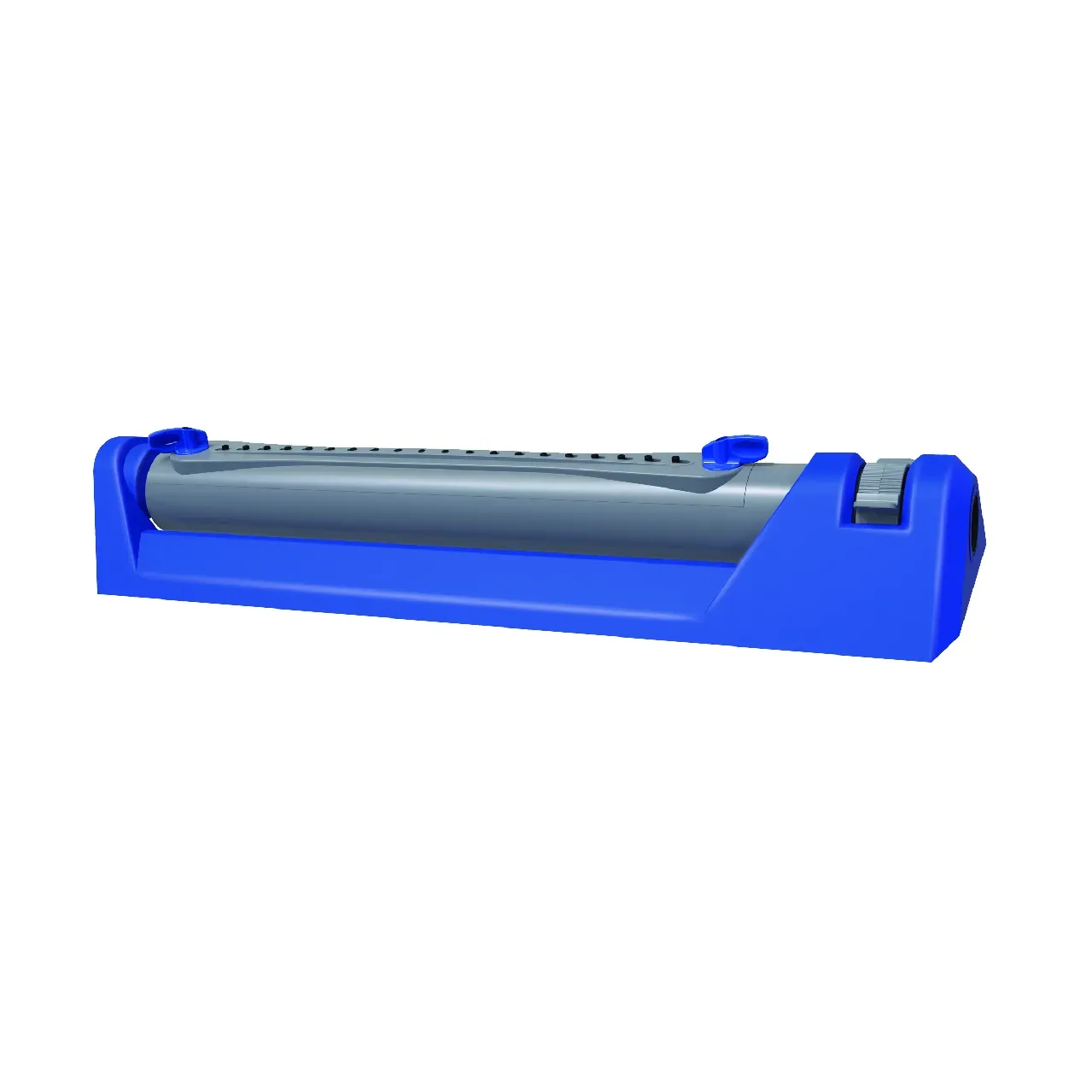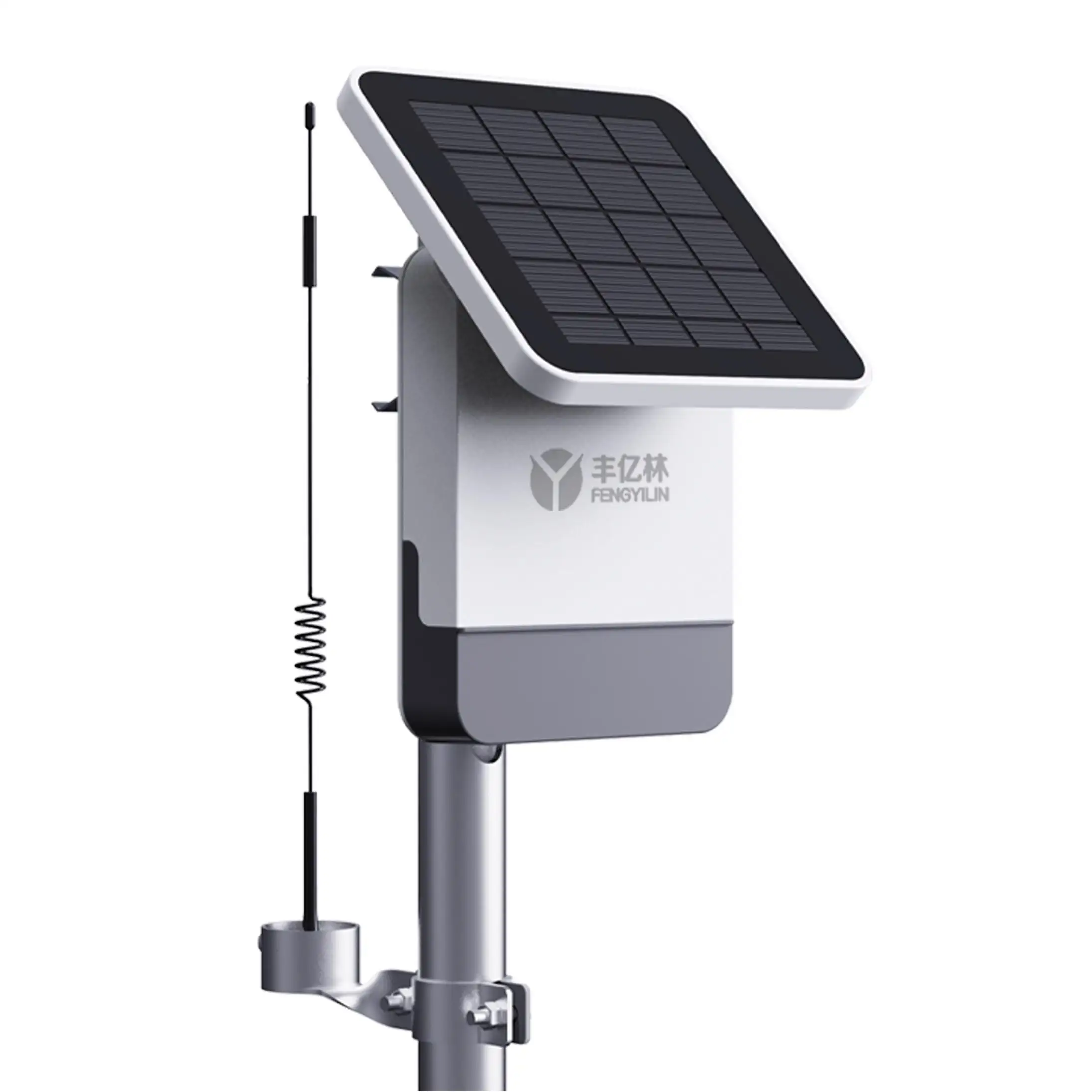Greener Walls Begin with Smarter Watering Solutions
Vertical gardens are rapidly transforming urban landscapes, offering a space-efficient and visually stunning way to introduce more greenery into cities, homes, and commercial buildings. However, maintaining healthy plant growth in a vertical layout presents unique challenges, particularly when it comes to water distribution. That’s where customizable sprinkler systems for vertical gardens become essential. These systems are engineered to address the vertical alignment of plant walls, offering consistent, efficient, and targeted hydration.
A well-designed sprinkler system tailored for vertical gardens does more than just automate watering—it ensures each plant receives the right amount of moisture without wastage. With water conservation becoming increasingly vital, the integration of smart and customizable sprinkler solutions is not only practical but also environmentally responsible. From home balconies to high-rise installations, sprinkler systems for vertical gardens are a cornerstone of successful vertical green infrastructure.
Efficiency and Resource Management
Targeted Water Delivery Reduces Waste
One of the major advantages of sprinkler systems for vertical gardens is their ability to deliver water precisely where it's needed. Unlike conventional irrigation methods, which may flood certain zones while leaving others dry, vertical-specific sprinklers are calibrated to match the garden’s layout. This precision avoids overwatering and under-watering, which can lead to plant stress or root rot.
With multiple tiers of vegetation, vertical gardens require strategic placement of spray heads, drip emitters, or micro-sprinklers. Customizable systems allow adjustments based on plant types, sun exposure, and humidity levels, which vary from the top to the bottom of the installation. This fine-tuned approach to hydration ensures minimal water loss and maximum absorption.
Automation Enhances Water Conservation
Automated sprinkler systems for vertical gardens are designed to conserve water by using pre-programmed schedules, soil moisture sensors, or weather-responsive controls. These features help reduce unnecessary watering during rainy conditions or at times when evaporation rates are high. The result is a system that not only saves water but also reduces utility costs for the user.
Additionally, some systems include zone-based programming, allowing for different sections of the vertical garden to be watered independently. This kind of customization is especially useful when the plant selection includes species with diverse hydration needs. By offering the flexibility to program irrigation based on each plant’s requirement, water use becomes more efficient.
Plant Health and Longevity
Consistent Moisture Improves Growth
Plants thrive when they receive consistent and balanced hydration. Irregular watering—common in manual systems—can cause stress and uneven growth. Sprinkler systems for vertical gardens help maintain optimal soil moisture levels, promoting healthy root development and vibrant foliage. Over time, this consistency leads to increased plant resilience, better flowering, and stronger structure.
Many vertical gardens integrate a variety of species, from ferns and grasses to succulents and herbs. Each has distinct water requirements. With customizable sprinkler systems, you can match each section’s irrigation with the plant’s native needs, preventing common issues like leaf yellowing or fungal disease caused by excess moisture.
Prevents Common Watering Errors
Traditional watering methods can lead to human error—watering too often, at the wrong time, or inconsistently across different zones. With programmable sprinkler systems for vertical gardens, these issues are minimized. Scheduled irrigation prevents overhydration, especially at the bottom tiers where gravity causes water to accumulate.
Furthermore, proper sprinkler placement and programming avoid water run-off and soil erosion, preserving the garden’s structural integrity. By mitigating these risks, plant health improves and maintenance demands decrease, saving both time and money in the long term.
Design Flexibility and System Scalability
Adapts to a Variety of Garden Sizes
Whether your vertical garden is a modest kitchen herb wall or a sprawling green facade on a corporate building, sprinkler systems for vertical gardens can be scaled to fit any dimension. Modular systems allow for incremental expansion without redesigning the entire irrigation infrastructure. As your garden grows, so can your sprinkler layout.
From compact wall-mounted units to multi-story vertical farms, the versatility of these systems makes them suitable for residential, commercial, and public projects. Their adaptability also supports integration with other sustainable technologies like rainwater harvesting or greywater reuse, making them ideal for eco-conscious developments.
Compatible with Multiple Mounting Methods
Vertical gardens can be mounted using various techniques such as panel systems, pocket walls, hydroponic trays, or felt layers. Sprinkler systems for vertical gardens are designed to integrate seamlessly with all these structures. Emitters and tubing can be discreetly embedded within the frame, preserving the aesthetic appeal of the green wall.
Customization options include adjustable nozzles, pressure regulators, and moisture sensors, all of which can be tailored to different garden types and environmental settings. This ensures every plant receives the optimal hydration, regardless of the mounting format.
Technological Integration and Control
Smart Sensors and Data-Driven Watering
Modern sprinkler systems for vertical gardens leverage technology for enhanced performance. Sensors can monitor soil moisture, temperature, humidity, and even light exposure. The collected data feeds into a central control unit or mobile app, which then adjusts the watering schedule accordingly. This eliminates guesswork and maximizes water efficiency.
With data-driven decisions, your garden gets exactly what it needs when it needs it. These sensors also detect problems early—such as a dry patch or a clogged nozzle—allowing for quick intervention before plant health suffers. Over time, the system learns and adapts to seasonal changes or usage patterns.
Remote Access and Mobile Control
Smart sprinkler systems for vertical gardens often come with mobile compatibility, allowing users to control watering from anywhere. Whether you’re on vacation or managing multiple installations, you can adjust schedules, monitor moisture levels, and receive alerts directly from your smartphone.
Remote control capabilities are particularly useful for urban farmers, landscape architects, and property managers responsible for multiple green spaces. The ability to fine-tune watering routines without being physically present streamlines operations and enhances plant care quality.

Environmental and Aesthetic Value
Supports Sustainable Landscaping Goals
Installing sprinkler systems for vertical gardens is a step toward more sustainable urban living. By using water-efficient irrigation strategies, these systems contribute to reduced environmental impact. When combined with native or drought-tolerant plant selections, water savings become even more significant.
Many urban developers and homeowners now prioritize green building certifications or climate resilience. A well-designed sprinkler system helps achieve these goals while maintaining the visual appeal of the space. Moreover, using recycled water systems further enhances the ecological value of vertical gardens.
Enhances Visual Appeal Through Healthier Plants
A vertical garden is a visual centerpiece, and its impact depends heavily on the health and vibrancy of the plants. Consistent hydration provided by sprinkler systems for vertical gardens ensures lush greenery, fewer bald spots, and more uniform growth. This contributes to a cleaner, more polished look—whether for branding, hospitality, or personal enjoyment.
Healthy plants are also more resistant to pests and diseases, reducing the need for chemical interventions. This natural protection keeps the garden looking its best while supporting pollinators and other beneficial insects. In turn, the garden’s aesthetic and ecological functions work together in harmony.
Maintenance and Long-Term Value
Reduces Manual Labor and Maintenance Time
Manual watering, especially in high or hard-to-reach vertical gardens, is time-consuming and often inefficient. Sprinkler systems for vertical gardens eliminate this burden, automating hydration and significantly reducing the effort required to maintain the garden.
With fewer maintenance hours needed for watering tasks, property owners and gardeners can focus on pruning, pest control, or system upgrades. The savings in labor translate into long-term cost efficiency, making sprinkler systems a smart investment for any vertical garden.
Prevents Structural Damage to Garden Supports
Overwatering or uneven watering can damage the structural elements that support vertical gardens. Excess moisture may cause wooden frames to rot or lead to corrosion in metal structures. With properly calibrated sprinkler systems for vertical gardens, you can avoid these problems by ensuring water reaches only the intended zones.
By minimizing run-off and promoting balanced moisture distribution, these systems also prevent mold growth and water stains on adjacent walls. This preserves not just the plants, but also the structural and aesthetic integrity of the entire installation.
FAQ About Sprinkler Systems for Vertical Gardens
How often should a vertical garden be watered?
Watering frequency depends on the plant type, climate, and garden size. With smart sprinkler systems for vertical gardens, moisture sensors automatically determine when watering is needed, ensuring optimal hydration without guesswork.
Are these sprinkler systems suitable for indoor vertical gardens?
Yes, sprinkler systems for vertical gardens can be customized for both indoor and outdoor environments. For indoor use, systems include features like drip irrigation and water containment to prevent leakage or mess.
Can I install a sprinkler system myself, or do I need a professional?
Many sprinkler systems for vertical gardens are modular and designed for DIY installation. However, for large-scale or complex projects, professional installation ensures proper configuration and long-term reliability.
Will a sprinkler system increase my water bill significantly?
Not necessarily. In fact, sprinkler systems for vertical gardens are designed to optimize water use, often reducing water waste compared to manual watering. Smart controllers and sensors further enhance efficiency.
Table of Contents
- Greener Walls Begin with Smarter Watering Solutions
- Efficiency and Resource Management
- Plant Health and Longevity
- Design Flexibility and System Scalability
- Technological Integration and Control
- Environmental and Aesthetic Value
- Maintenance and Long-Term Value
- FAQ About Sprinkler Systems for Vertical Gardens


